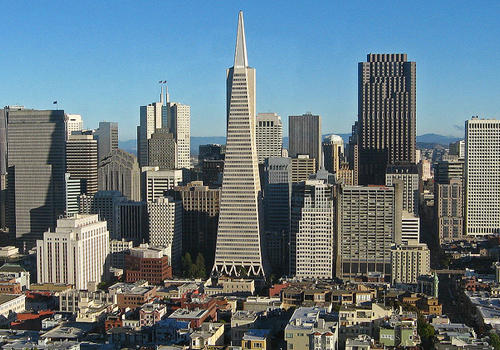In San Francisco, a parking place costs more the more people want to use it. This might sound like common sense, but it’s actually a radical experiment in keeping people from circling endlessly, looking for a spot and wasting gas.
Since 2010, the pricing for 7,000 metered spaces in the city has changed in real time based on demand. The idea is that raising prices in high-demand areas will send some customers elsewhere or make them park for shorter periods, leaving more free spots and decreasing circling-the-block-looking-for-a-freaking-spot time. The New York Times crunched the city’s data from the program and found that — hey! — it’s working:
An analysis of city parking data by The New York Times found signs that the new rates are having the desired effect in some areas … Three-quarters of the blocks either hit their targets or moved closer to the goal.
The system’s not perfect yet. The Times found that in some cases, tons of people still parked in desirable spots even as prices climbed. Or prices fell but no one cared. Still, the basic idea works, and the more brazenly cities are willing to raise parking prices, the better it should work.
And cities should be charging higher prices for parking, since parking’s hugely subsidized and encourages people to drive their gas-guzzling beasts around. The best part of the San Francisco program is that higher parking spot prices help subsidize public transportation. Everyone wins — except for people who’ve come to expect that they can stow their cars for next to nothing, smack in the middle of one of the country’s major cities.




